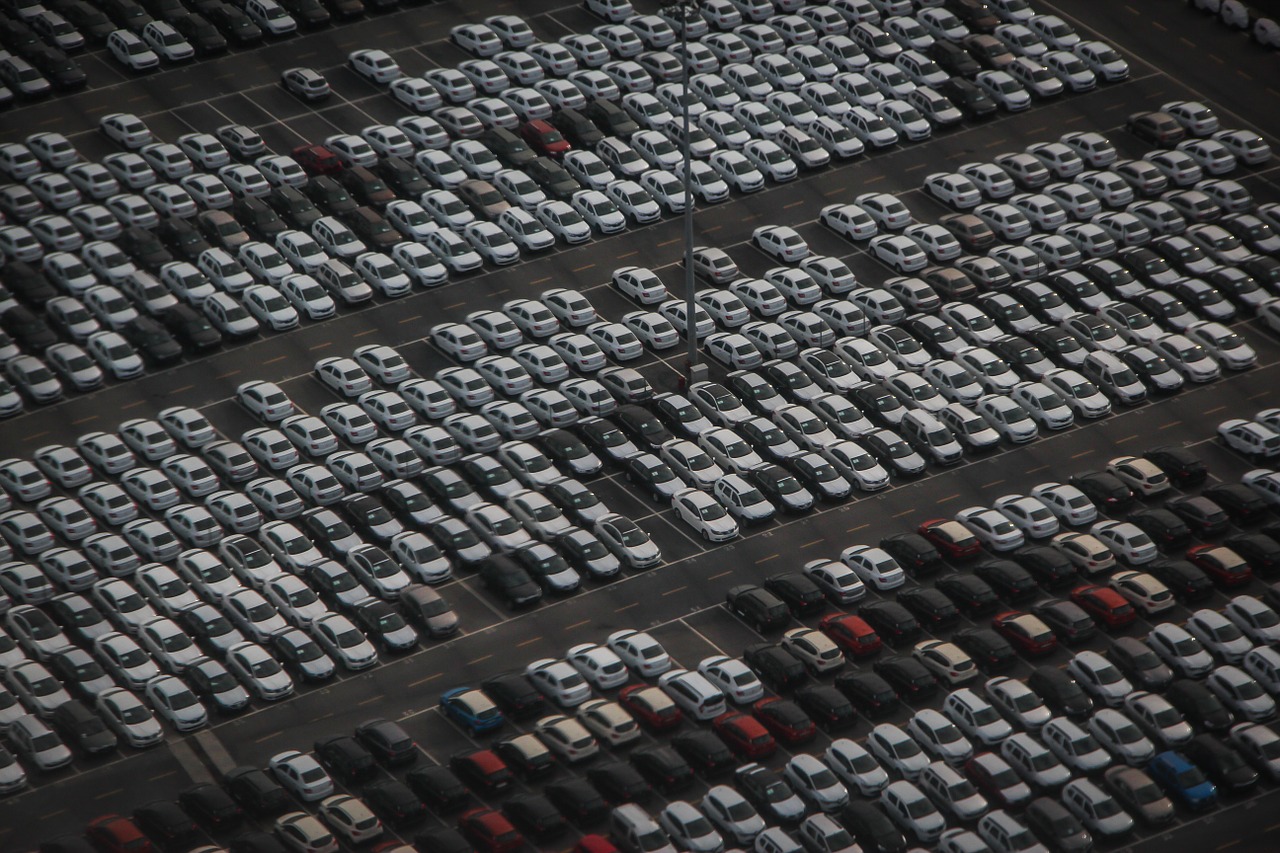Used car sales climbed to an all-time high of 39.2 million vehicles in 2017 as major weather events combined with a rise in off-lease inventories.
According to the latest Used Car Report released by Edmunds, this reflects a 1.6 percent increase in sales from 2016 and a 4.3 percent increase from 2012. Analysts at Edmunds attribute this spike to increased replacement demand due to Hurricanes Harvey and Irma and increased used inventory due to a glut of off-lease vehicles hitting the used market in 2017. This large quantity of near-new off-lease models also contributed to a slowing in used-vehicle price growth: Used vehicle prices rose 1.4 percent in 2017, compared to the 3.6 percent average increase between 2012 and 2016.
“Consumer demand for SUVs — which were limited in supply — is really what helped fuel the modest price growth that the used market eked out in 2017,” said Ivan Drury, senior manager of industry analysis at Edmunds. “Shoppers looking for better deals on newer used vehicles will likely find them on 2- to 3-year-old passenger cars, since their residual values were hit so hard by this trend.”
Given the pressure that the influx of near-new vehicles is placing on residual values, in the report Edmunds analysts also took a deep dive into trends in the rental fleet market. Since vehicles coming off lease and those sold from rental fleets both hit the used market early in their life cycles, analysts looked at both factors to get a sense of the full-scale impact.
From a combined perspective, the number of new vehicles sold to rental agencies and the number of vehicles leased by consumers dropped to 5.9 million vehicles in 2017, compared to 6.2 million in 2016.
“Looking forward, we expect to see leasing become more expensive as interest rates climb and residuals continue to fall,” Drury said. “However, rental sales are at risk of slowing as more consumers gravitate toward ride-hailing services and peer-to-peer car sharing.”
As automakers search for ways to protect residual values yet keep sales volumes high in a shrinking market, Edmunds analysts noted several converging dynamics in the fleet segment. Since trucks and SUVs with a reasonable number of options tend to hold their value, rental car customers might be pleasantly surprised to find lots stocked with larger vehicles equipped with unexpected creature comforts.
Rental customers may also notice that the Ford, GM and FCA vehicles they’re used to seeing have been replaced by Hyundais and Nissans, reflecting pivoting automaker strategies. Five years ago, Ford, GM and FCA represented nearly two-thirds of all vehicles on rental lots, compared to 53 percent in 2017. Nissan and Hyundai have filled the gap, with 32 percent of vehicles on rental lots in 2017, compared to 16 percent in 2012.
“Years ago, strong residuals allowed automakers the ability to be more liberal in their short-term sales strategies, but as residuals begin to fall in more vehicle categories, sales driven by retail leasing and daily rentals will become increasingly scrutinized,” said Drury. “Companies will need to balance their portfolios going forward in order to minimize residual losses.”
For more insights on the latest trends in the used car market, read the complete report in the Edmunds Industry Center.


0 Comments